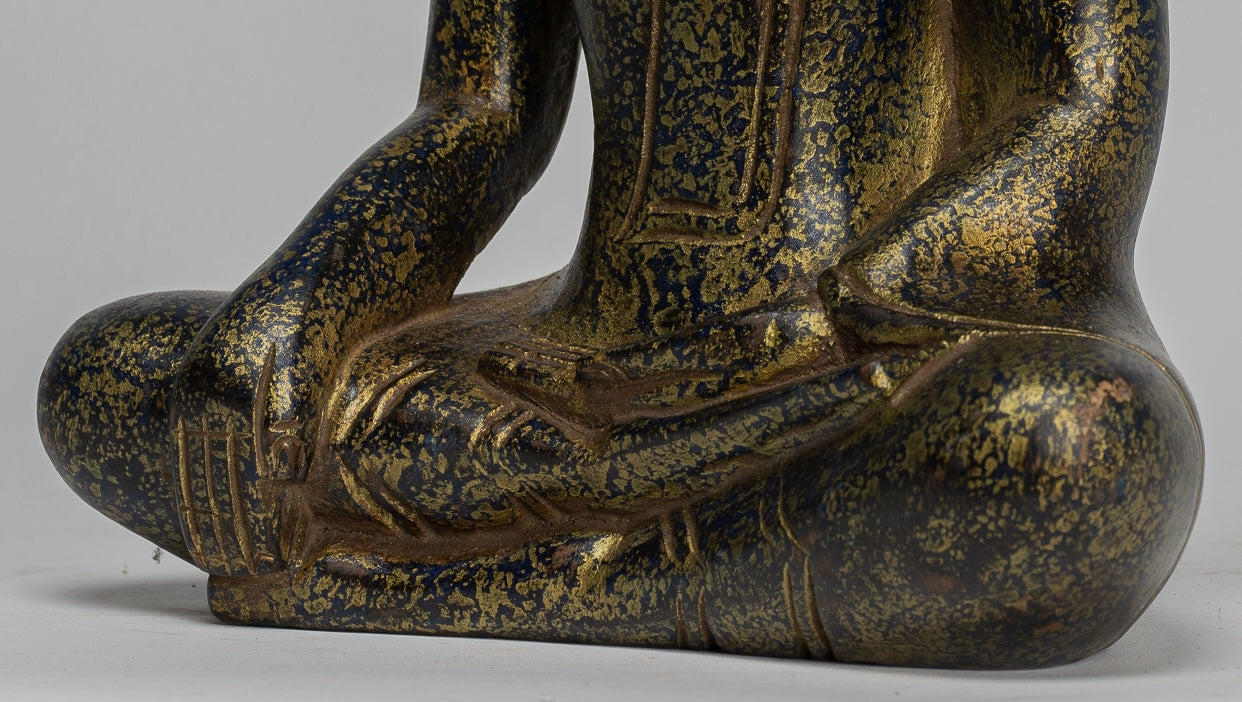
Tracing the Footsteps of Enlightenment: Exploring the Origins of Buddhism
Introduction
Buddhism, one of the world's major religions, traces its origins to the teachings of Siddhartha Gautama, who became known as the Buddha, or the Enlightened One, over 2,500 years ago. From its humble beginnings in ancient India to its global spread across continents, Buddhism has evolved into a profound spiritual tradition with millions of followers worldwide.
In this comprehensive blog post, we embark on a journey to unravel the origins of Buddhism, exploring the historical, cultural, and philosophical contexts that shaped its emergence and development.
1. The Life of Siddhartha Gautama
The origins of Buddhism are intimately linked with the life of Siddhartha Gautama, who was born into a royal family in Lumbini (modern-day Nepal) in the 6th century BCE.
-
Early Life: Siddhartha lived a life of luxury and privilege, shielded from the harsh realities of the world. However, his encounters with old age, sickness, and death prompted him to embark on a spiritual quest to seek the meaning of life and the alleviation of human suffering.
-
The Great Renunciation: At the age of 29, Siddhartha renounced his princely status and embarked on a journey of asceticism and self-discovery, seeking enlightenment through meditation and introspection.
-
Attainment of Enlightenment: After years of rigorous practice, Siddhartha attained enlightenment at the age of 35 while meditating beneath a Bodhi tree in Bodh Gaya, India. He realized the Four Noble Truths—the nature of suffering, its causes, its cessation, and the path to liberation—and became the Buddha, the awakened one.
2. Early Development and Spread
Following his enlightenment, the Buddha spent the remainder of his life traveling across northern India, teaching the Dharma—the path to liberation—to a diverse range of followers.
-
First Sermon at Sarnath: The Buddha's first sermon, known as the Dhammacakkappavattana Sutta or "Setting in Motion the Wheel of Dharma," was delivered at Deer Park in Sarnath, where he expounded upon the Four Noble Truths and the Noble Eightfold Path.
-
Monastic Community: The Buddha established a monastic community, known as the Sangha, which provided support for his followers to cultivate mindfulness, wisdom, and ethical conduct. Monks and nuns played a crucial role in preserving and propagating the Buddha's teachings following his passing.
3. Early Buddhist Councils
In the years following the Buddha's death, his disciples convened a series of councils to recite and codify his teachings, ensuring their accurate transmission and preservation.
-
First Council: The First Buddhist Council was held shortly after the Buddha's passing at Rajagaha, where his disciple Mahakassapa presided over the compilation of the Suttas (discourses) and Vinaya (monastic rules).
-
Subsequent Councils: Subsequent councils were convened to address doctrinal disputes and schisms within the Sangha, resulting in the division of Buddhism into various schools and traditions, including Theravada, Mahayana, and Vajrayana.
4. Spread of Buddhism
Buddhism gradually spread beyond the Indian subcontinent, carried by missionaries, traders, and travelers along ancient trade routes.
-
Silk Road: The Silk Road facilitated the exchange of goods, ideas, and cultures between East and West, allowing Buddhism to spread to Central Asia, China, and eventually to Southeast Asia.
-
Missionaries and Emperors: The patronage of Buddhist kings and emperors, such as Emperor Ashoka in India and Emperor Kanishka in Central Asia, played a significant role in the dissemination of Buddhism and the construction of monasteries and stupas.
5. Evolution and Diversification
Over time, Buddhism underwent significant evolution and diversification, giving rise to a multitude of schools, sects, and practices.
-
Theravada Buddhism: Theravada, or the "Teaching of the Elders," emerged as the oldest surviving school of Buddhism, emphasizing the preservation of the Buddha's original teachings as found in the Pali Canon.
-
Mahayana Buddhism: Mahayana, or the "Great Vehicle," emerged around the 1st century BCE and introduced new teachings and scriptures emphasizing compassion, wisdom, and the Bodhisattva ideal.
-
Vajrayana Buddhism: Vajrayana, or the "Diamond Vehicle," developed in India and Tibet, incorporating esoteric rituals, tantra, and deity visualization practices as a means of attaining enlightenment.
Conclusion:
The origins of Buddhism are deeply rooted in the life and teachings of Siddhartha Gautama, the historical Buddha, who founded a profound spiritual tradition that continues to inspire millions of people worldwide.
From its humble beginnings in ancient India to its global spread across continents, Buddhism embodies the timeless teachings of mindfulness, compassion, and liberation from suffering.
As we reflect on the origins of Buddhism, may we honor the wisdom and compassion of the Buddha, embracing his teachings as a path to awakening and inner peace in an ever-changing world.


























